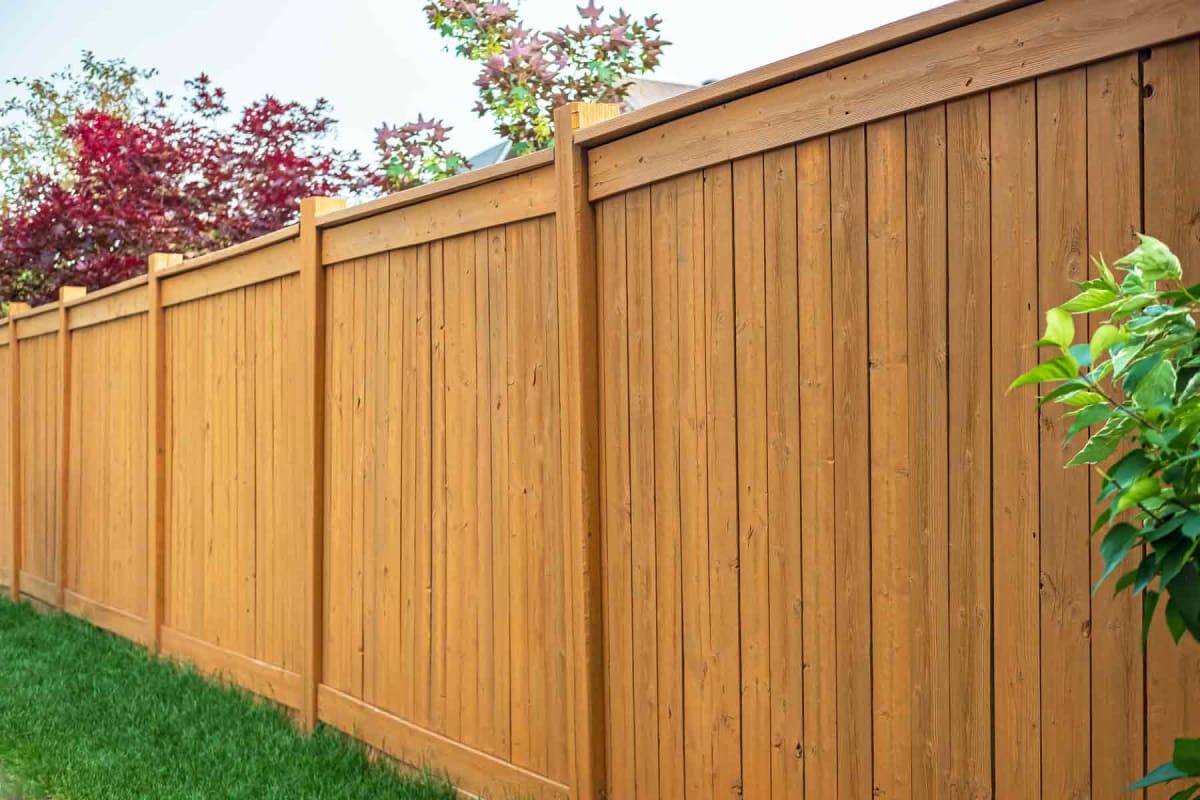All Categories
Featured

Creating a custom-made fence is an excellent way to boost your residential or commercial property's safety and security, functionality, and aesthetic appeal. Unlike common fences, customized designs enable you to customize every facet to your preferences and needs. How precisely do you go about developing a customized fence? Right here's a break down of the procedure, from initial ideas to setup.
Step 1: Recognizing Your Requirements. The primary step is to clearly define what you desire your fencing to accomplish.
Functionality: Are you searching for privacy, protection, or attractive value? Visual Goals: Think about how the fence enhances your residential or commercial property's design and landscaping. Special Attributes: Do you require gateways, lighting, or distinct materials? This quality makes sure that the task straightens with your vision and purpose.
Action 2: Appointment with a Fence Professional. Routine an examination with a credible secure fencing firm. when you've determined your goals.
Website Assessment: Professionals will certainly examine your residential property's measurements, terrain, and any kind of possible obstacles. Initial Ideas: Share your vision, including illustrations, pictures, or examples of designs you like. This phase helps establish a structure for a fence customized to your particular building and preferences.
Step 3: Material Option. The products you pick will affect the fencing's appearance, durability, and upkeep needs. Typical choices consist of:
Wood: Provides a traditional look and personalized styles, however calls for regular maintenance. Plastic: Resilient, low-maintenance, and readily available in a selection of shades and textures. Metal: Wrought iron or light weight aluminum is excellent for protection and a high end appearance. Composite: Incorporates the charm of timber with improved toughness and eco-friendliness. Your secure fencing specialist can suggest materials based upon your budget, environment, and design preferences.

Action 4: Style Development. With your objectives and products picked, the design process starts.
Customized Layouts: Designers produce thorough illustrations or 3D models that show your residential or commercial property's format and distinct components. Incorporating Attributes: Add gateways, latticework, or other accents to make your fence stand apart. Adjustments: Evaluation the style and make alterations until it's exactly what you pictured. This phase is important for ensuring your fencing meets both functional and visual requirements.
Step 5: Authorizations and Permits. Prior to building and construction starts, you'll need to ensure compliance with regional policies.
Zoning and Developing Codes: Confirm that the design meets regional elevation, product, and positioning restrictions. HOA Authorization: If appropriate, submit the design for evaluation by your homeowner's association. A specialist fence firm usually handles this documents for you.
Step 6: Site Prep work. As soon as approvals are secured, preparation for installment starts.

Clearing Up the Location: Remove any kind of plants, debris, or old fence. Marking Property Lines: Precise boundary noting ensures your fencing is installed properly. Measuring and Planning: Installers lay out the specific placement of panels and blog posts. This step guarantees a effective and smooth installment process.
Step 7: Fence Installation. The setup stage brings your vision to life.
Structure Job: Articles are established safely to supply a steady base for the fencing. Building and construction: Panels, gates, and attractive components are assembled and mounted according to the design plan. Attention to Detail: Installers concentrate on both architectural honesty and aesthetic positioning to make sure the fence fulfills high standards. Step 8: Final Inspection and Adjustments. After installation, the fence undertakes a detailed review.
Quality Examine: Guarantee the fence is properly secured, straight, and devoid of issues. Style Accuracy: Validate that the ended up item matches the accepted design. Any minor adjustments or touch-ups are made throughout this phase to achieve perfection.
Step 9: Upkeep Recommendations. To keep your personalized fencing in top condition, the fencing firm will give maintenance advice.
Material-Specific Tips: Discover just how to care and cleanse for your fence based on its materials. Guarantee Information: Understand coverage for workmanship and materials for added satisfaction. Conclusion. The process of getting a customized fencing design is a collective journey that ensures your fence satisfies your distinct requirements and boosts your residential or commercial property's worth. By collaborating with experienced professionals, you'll delight in an easy experience and a fence that is as sturdy as it is attractive. Whether for industrial or household use, a custom fence is a worthwhile investment in functionality and design.
Latest Posts
Uncover the Premier Auto Repair Offers in Montclare, Chicago
Published May 28, 25
1 min read
Improve Your Residential Property with Expenses Door Solution
Published May 23, 25
1 min read
Discover Reduce Expenses on Car Maintenance with Montclare Auto Repair’s Special Deals
Published May 18, 25
1 min read